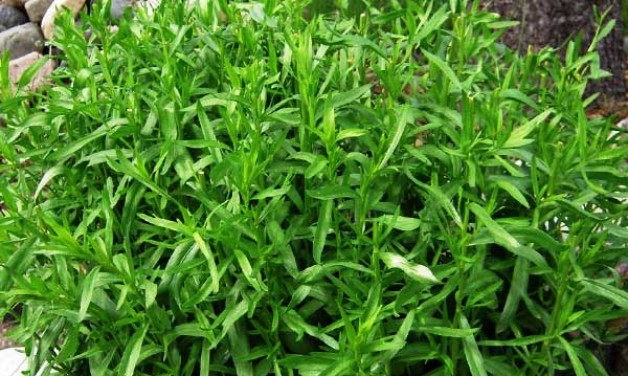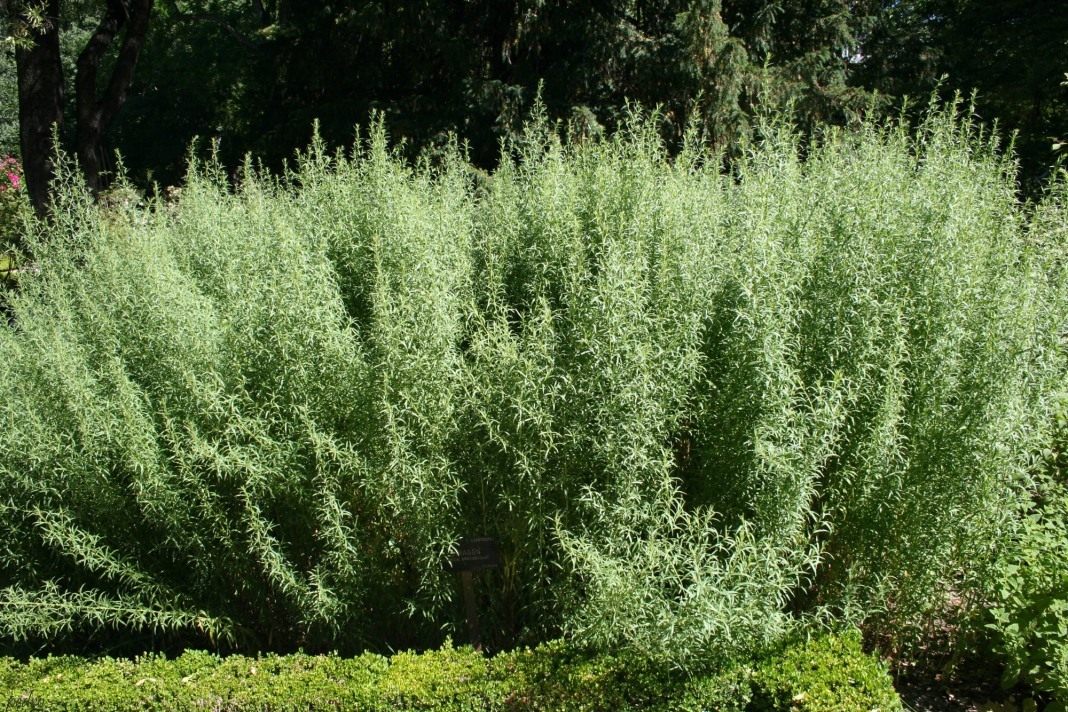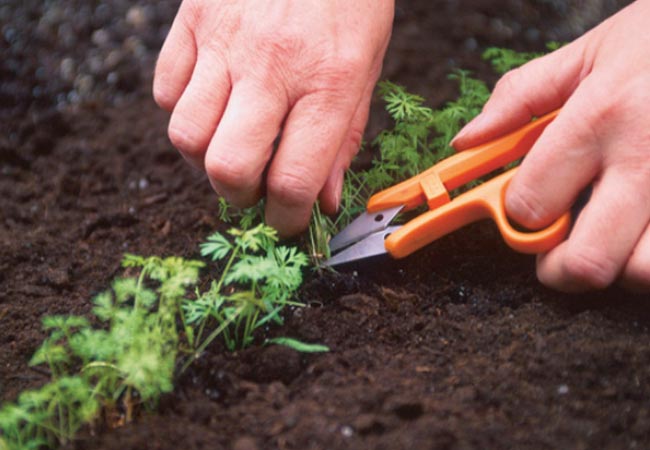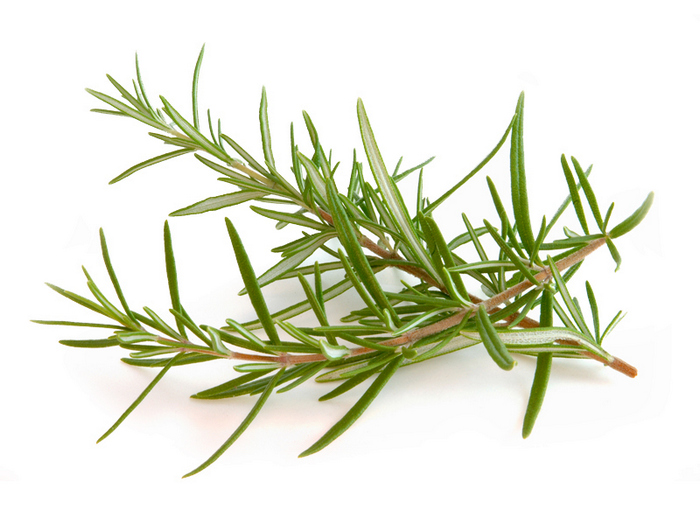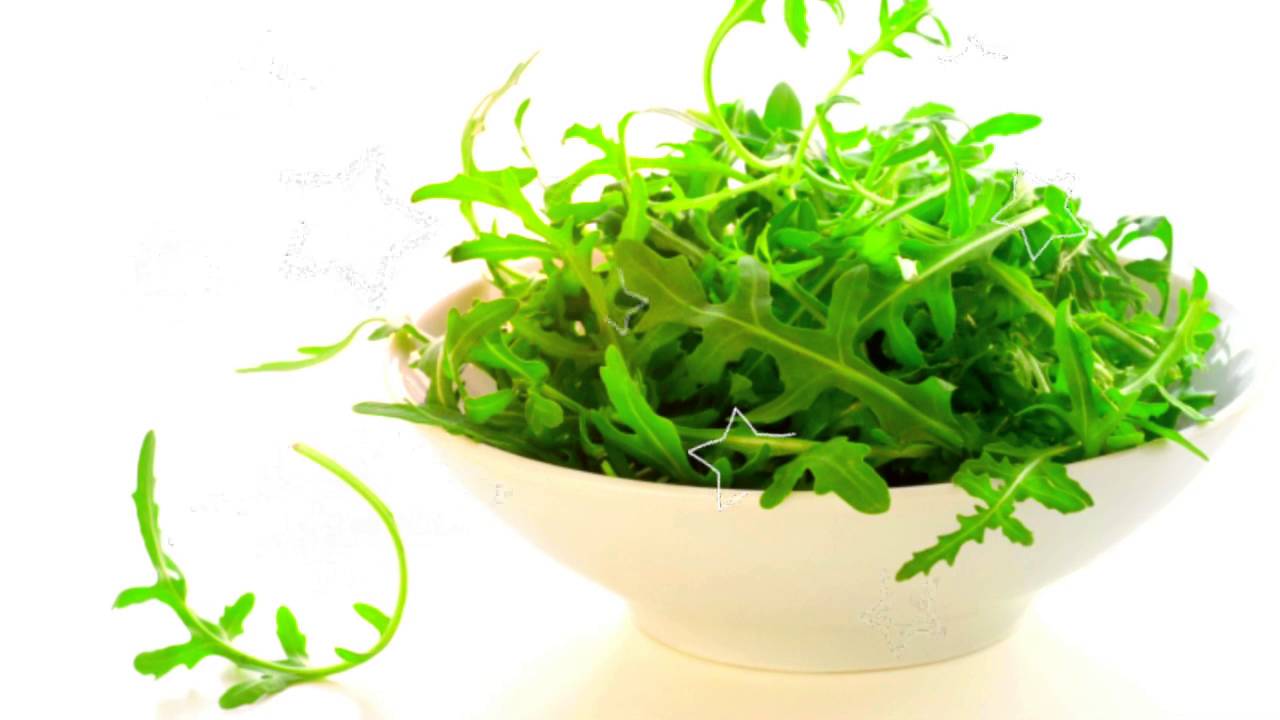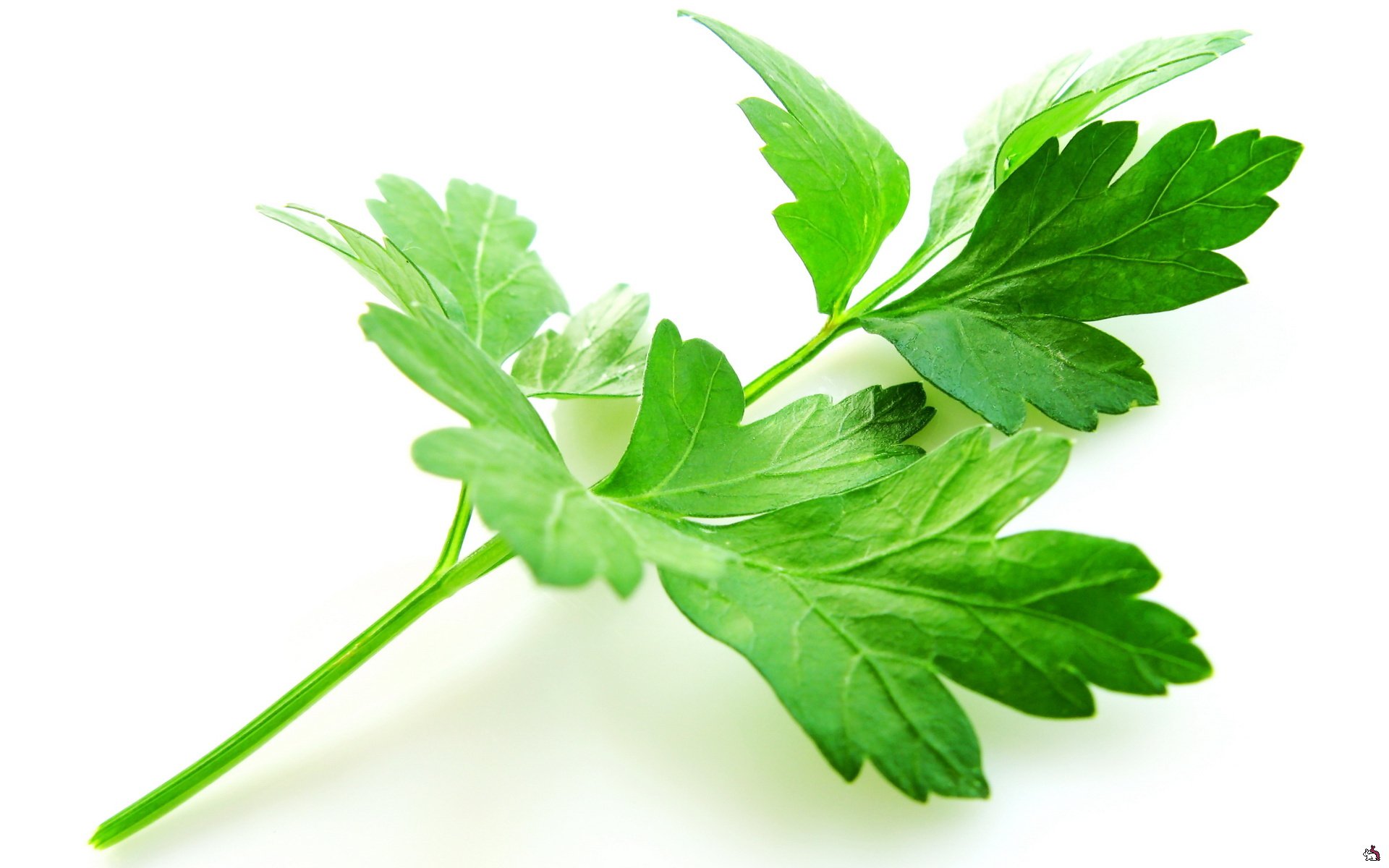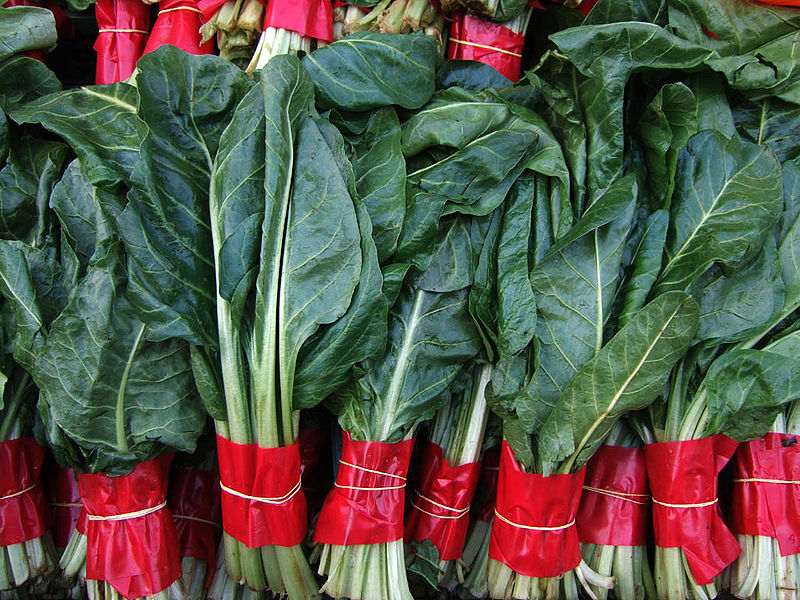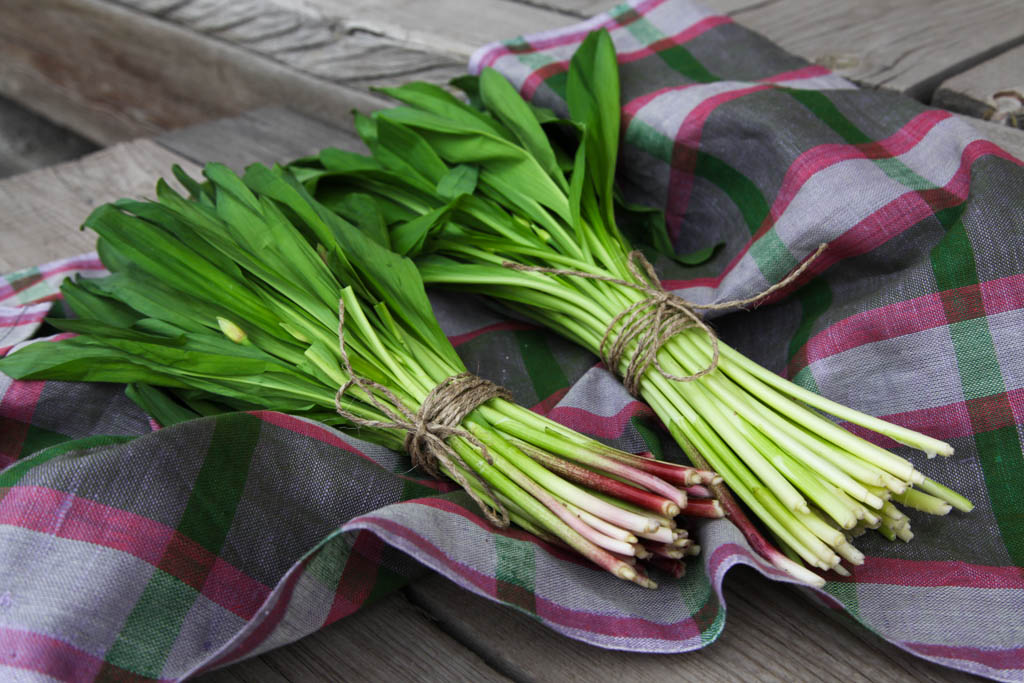Content:
This is a spicy herb that belongs to the perennial species and the Asteraceae family. The plant is a relative of wormwood, as it has a similar appearance to it, a significant difference in taste - there is no bitterness.
Tarragon what is it
Description of the variety:
- The height is one and a half meters;
- Inflorescences are small and collected in panicles, the color is pale yellow;
- The taste is sweet, refreshing, spicy, but slightly tart. Thanks to such taste data, a fragrant drink is made from it or you can add it fresh to dishes;
- The stem is oblong, long;
- The leaf is narrow, green, there are no cuttings;
- The flowering period begins in late August and early September
Where does tarragon grow
Tarragon is a plant that grows in North America, European countries and Asia. This variety is most popular in the following countries:
- Russia;
- Mongolia;
- USA;
- China;
- Mexico;
- Pakistan;
- India;
- Canada.
Tarragon grows in saline and dry steppes and meadows, less often in fields. On shingle and dry slopes it grows like a common weed.
Varieties: description and features
Tarragon grass has many types. Here is a list of the most common varieties found in the Russian Federation:
- Goodwin. It is a perennial and water resistant variety. Its stems reach a height of one meter, it features abundant foliage, a pronounced aroma and a bitter taste. It is recommended to use the greens of the plant in the second year of the growing season, it is during this period that it reaches a mass of 500 to 600 grams. Green leaves can be used as a seasoning for salad, pickles, for cooking fish and meat dishes;
- Monarch variety. The peculiarity is a spicy smell and a spicy, refreshing taste. The height of the bush is one and a half meters. This plant is used as a spice for vegetable and fish dishes, for canning. Fresh foliage is good for making drinks. Even when dried, it retains its natural aroma;
- Semko Zhulebinsky is an old Valkovsky variety. Tarragon of this species has dense matte foliage, pungent odor. Its height ranges from 60 to 150 centimeters. Inflorescences are yellow, sometimes white and small, contain a large amount of essential oil. This variety is more often used in home cooking and when rolling vegetables. A distinctive feature is resistance to plant diseases and unpretentiousness to climatic conditions. The Zhulebinsky variety is used in folk medicine. Sometimes it uses this culture for the production of cheese and as an additive to various dishes;
- Dobrynya variety. The composition contains vitamin C, carotene and essential oil. The stem is 1 meter high. The species is frost-resistant, calmly tolerates dry periods and cold. It multiplies and grows in one place for ten years, then it is worth replacing the site. Gardeners still recommend rejuvenating it every three years. Delicious punch is obtained from greens, and homemade dishes with this seasoning are obtained as a restaurant one;
- French variety. A distinctive feature is disease resistance and frost resistance.The stem is oblong and dark green in color. Its height reaches one and a half meters. Such tarragon grass blooms with white small inflorescences;
- Gribovsky view. This is the most common type, growing in the garden does not require much effort. Stem length - one meter, elongated shape, dark green color. Able to give a large harvest for fifteen years, does not need replanting. One of the areas where it is actively used is in cooking.
Growing features
Each variety has the same growing method. The main condition is to prepare the seed and soil in advance, take care and add top dressing on time.
In the spring, in April or May, the seed is soaked in water (room temperature). The manipulation lasts three days, while the water must be changed every day. Quality seeds should be purchased from professional stores or ordered online.
Containers for planting material and soil are being prepared. Usually a box is used, there must be holes in it, this will give oxygen to the soil and prevent it from becoming waterlogged. Small pebbles are poured onto the bottom, in a layer of 1 centimeter. Then fertilized soil is poured on top, it is better to purchase ready-made universal soil in a garden store. The ground is watered, the seeds are scattered in any order. You do not need to sprinkle the seeds with soil on top. The container is covered with a transparent bag or film, brought into the house and placed on the windowsill.
When the soil begins to dry out, it is sprayed, it is advisable to have a spray bottle for this. This method allows you not to drive the seeds deep into the ground, but to keep them on the surface. When the seedlings appear, the film is removed. If it has sprung up too thickly, you need to thin out. After the appearance of the second leaf, a pick is made. Landing in open ground is carried out at the onset of the first heat.
Before planting, the vegetable garden should be prepared. Weeds are removed, the soil is loosened, fertilized and moistened. Small holes are made at a distance of seventy centimeters from each other. The grooves are not covered with the ground.
Care
Although tarragon is an unpretentious plant, little maintenance is required so that it can always look presentable.
Watering is carried out four times until the seedlings are fully rooted. Then the plant is watered if there has been no rain for a long time.
A pick should be done by dividing the bush. In autumn or early spring, the bush is dug up and neatly divided into several parts. You do not need to pull the small roots too much, otherwise the whole plant will be injured.
Properties and uses of tarragon tarragon herb
Not many people know that this plant is useful, it contains a number of trace elements and vitamins. Plant composition:
- resins;
- essential oil;
- medicinal bitterness;
- tannins;
- alconoids;
- coumarin;
- carbohydrates;
- flavonoids;
- pectin;
- cellulose;
- fatty acid;
- non-fatty acids, omega-3;
- macronutrients: potassium, phosphorus, sodium and magnesium;
- vitamins: ascorbic acid, phylloquinone, carotene, retinol and adermin;
- trace elements: cobalt, vanadium, iodine and manganese.
Beneficial features:
- strengthens the immune system;
- a great source of antioxidants and ascorbic acid;
- restores the functioning of the intestines and stomach;
- normalizes metabolism;
- in men it increases potency;
- acts as a folk antidepressant and sedative;
- restores the menstrual cycle;
- used as an anthelmintic;
- removes inflammatory processes, treats colds.
The use of the tarragon plant in cooking
Some housewives ask what kind of tarragon plant is it? It can be eaten fresh or as a spice. Any recipe for a dish that contains this spice is distinguished by its piquancy and incredible taste. The twigs of the plant are used for appetizers and salads.This product is ideally combined with acid, so it is prepared with lime and lemon juice. To make the food aromatic and rich, put the leaf at the end of cooking.
Vinegar is prepared from the essential oil of tarragon, which is then used for preservation and marinade.
There are recipes for refreshing drinks, they are so simple that even a child can make them.
Contraindications
Contraindications are:
- allergic predisposition;
- pregnancy;
- breast-feeding;
- individual intolerance to the product;
- lactation period;
- peptic ulcer, gastritis.
With frequent use in large quantities, the following side effects may begin:
- Nausea;
- Convulsions;
- Vomiting;
- Loss of consciousness.
Pest action: control methods
You need to know that tarragon is a plant that lends itself to attack by parasites. The main pests:
- Penny cicada;
- Aphid;
- Wireworm.
Aphids are eliminated thanks to natural remedies. A tincture is prepared from potato green tops, onion husks or tobacco. Spraying is performed with the prepared solution.
Pennica cicadus sucks juice from the plant. It will not infect this crop if you get rid of the weeds in time. To remove the parasite, the injured foliage must be removed, or quicklime is used.
Wireworm damages the root system. To combat, liming and regular loosening of the soil are used.
So, having figured out that Tarragon is such a healthy and tasty plant, you can safely plant it in your garden and take it for cooking homemade dishes.
